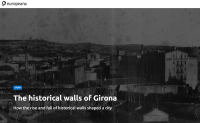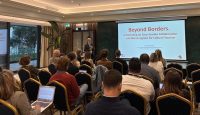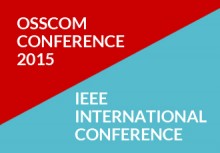 The International Conference on Open Source Software Computing (OSSCOM 2015) is meant to be an international forum for experts, professionals, researchers, and students to promote, share, and discuss Open-Source Software (OSS) services, resources, applications, products, and tools. Researchers and professionals from all over the world are invited to submit proposals for tutorials and workshops as well as papers in areas related to open-source software.
The International Conference on Open Source Software Computing (OSSCOM 2015) is meant to be an international forum for experts, professionals, researchers, and students to promote, share, and discuss Open-Source Software (OSS) services, resources, applications, products, and tools. Researchers and professionals from all over the world are invited to submit proposals for tutorials and workshops as well as papers in areas related to open-source software.
Speakers and delegates will represent many different categories and stakeholders from the private and public organizations, universities, and enterprises. OSSCOM 2015 will focus on the perspective of open source software adoption as alternative solutions to proprietary software and will point out how specialized OSS enterprises can be developed from within universities to integrate creativity, entrepreneurship, and competitiveness and build sustainable OSS industry.
Register for the conference at: http://osscom2015.osscom.org/

About OSSCOM
International Conference on Open Source Software Computing (OSSCOM 2015) is part of the Open Source Software Communities and Rejuvenation of Technical Education and Innovation Project, funded by the EU under Tempus project.
The Open Source Software Communities and Rejuvenation of Technical Education and Innovation Project (OSSCOM) is an international project that aims to setup linkage between academic institutions and enterprises to support transformative technical education and rejuvenation, build Open-Source Software (OSS) hubs and communities, enhance technology access to societies at large, and boost economic development. OSSCOM enables the achievement of these objectives by establishing technology centers to provide coordinated support and resources for developing and enabling an environment for large-scale OSS technology outreach and its use in academic institutions and enterprises. By attracting higher education (HE) institutions and industrial partners from the Middle East and Europe, OSSCOM will be a large OSS capacity building, entrepreneurship, and technology support project in the region. OSSCOM road map is to establish links with enterprises for relevance of ICT education; setup OSS technology hubs to provide support to communities and promote innovation and business acceleration; develop OSS technology resources; facilitate the adoption of OSS as feasible alternatives to proprietary software; and create entrepreneurship incubators and business start-up facilities. OSSCOM approach is comprehensive and wide-ranging in geographical coverage in the Pan-Arab region and Europe. Activities will span the whole cycle of integration, from setting up links with enterprises and establishing specialized OSS technology centers to the integration of OSS into education and learning systems and transformation of innovation and business startups. OSSCOM will play an important role in disseminating OSS resources, providing technical support, and creating awareness at the policy level in the region towards a national move to adopting OSS technologies and making available affordable technologies to citizens.
 Bangor Law School is home to the Institute for Competition and Procurement Studies (ICPS). Each year they organise a National Procurement Conference in partnership with the Welsh Government. In 2015 the event will take place at the St David’s Hotel in Cardiff, Wales.
Bangor Law School is home to the Institute for Competition and Procurement Studies (ICPS). Each year they organise a National Procurement Conference in partnership with the Welsh Government. In 2015 the event will take place at the St David’s Hotel in Cardiff, Wales.

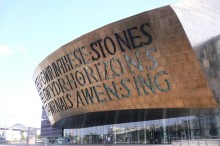
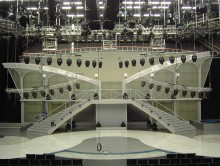
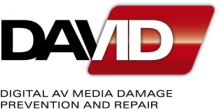 PREFORMA project has been invited to the final evaluation and user-test-workshop organised by the sister R&D-project DAVID (Digital AV Media Damage Prevention and Repair) in Vienna at the ORF-Centre on 28-29 April 2015.
PREFORMA project has been invited to the final evaluation and user-test-workshop organised by the sister R&D-project DAVID (Digital AV Media Damage Prevention and Repair) in Vienna at the ORF-Centre on 28-29 April 2015.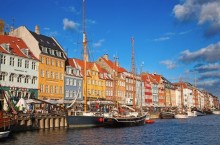

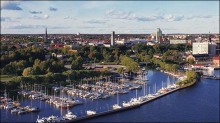
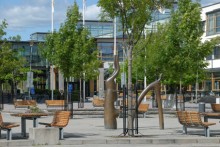
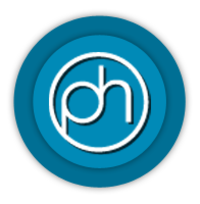 Starting in 2004, pHealth has evolved to a truly interdisciplinary event by covering technological and biomedical facilities, legal, ethical, social, and organizational requirements and impacts as well as necessary basic research for enabling advanced and future proof care paradigms. Thereby, it increasingly combines medical services with public health, prevention, social and elderly care, wellness and personal fitness to establish participatory, predictive, personalized, preventive, and effective care settings. Therefore, it has attracted scientists, developers, and practitioners from various technologies, medicine, legal affairs, politics, and administration from all over the world. It brought together health services vendor and provider institutions, payer organizations, governmental departments, academic institutions, professional bodies, but also patient and citizens representatives.
Starting in 2004, pHealth has evolved to a truly interdisciplinary event by covering technological and biomedical facilities, legal, ethical, social, and organizational requirements and impacts as well as necessary basic research for enabling advanced and future proof care paradigms. Thereby, it increasingly combines medical services with public health, prevention, social and elderly care, wellness and personal fitness to establish participatory, predictive, personalized, preventive, and effective care settings. Therefore, it has attracted scientists, developers, and practitioners from various technologies, medicine, legal affairs, politics, and administration from all over the world. It brought together health services vendor and provider institutions, payer organizations, governmental departments, academic institutions, professional bodies, but also patient and citizens representatives.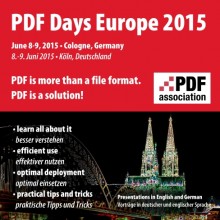

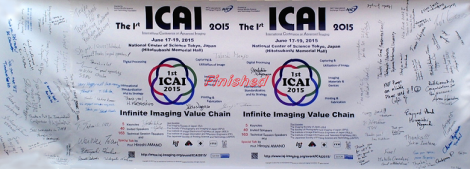
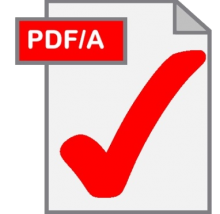
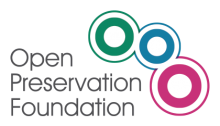 The Open Preservation Foundation and Digital Preservation Coalition, with support from the European Commission and the
The Open Preservation Foundation and Digital Preservation Coalition, with support from the European Commission and the 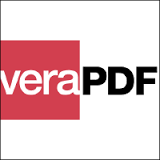 This briefing day will include an introduction to a new initiative that aims to tackle the complexities of PDF Preservation head on. The veraPDF Consortium has been funded by the PREFORMA Project to develop a comprehensive PDF/A validation tool and policy checker. This will ultimately provide a definitive take on PDF/A compliance whilst also acting as a method of identifying PDF characteristics that pose a risk to long term preservation. Participants at the briefing day will have a chance to find out what veraPDF plans to deliver. More importantly they will also have an opportunity to contribute to its design.
This briefing day will include an introduction to a new initiative that aims to tackle the complexities of PDF Preservation head on. The veraPDF Consortium has been funded by the PREFORMA Project to develop a comprehensive PDF/A validation tool and policy checker. This will ultimately provide a definitive take on PDF/A compliance whilst also acting as a method of identifying PDF characteristics that pose a risk to long term preservation. Participants at the briefing day will have a chance to find out what veraPDF plans to deliver. More importantly they will also have an opportunity to contribute to its design. The full programme is yet to be finalised but speakers will include Betsy Fanning, author of the DPC’s forthcoming 2nd edition Technology Watch Report ‘Preserving with PDF/a’, Johan van der Knijff from the National Library of the Netherlands, Carl Wilson from the Open Preservation Foundation and Ange Albertini from Google.
The full programme is yet to be finalised but speakers will include Betsy Fanning, author of the DPC’s forthcoming 2nd edition Technology Watch Report ‘Preserving with PDF/a’, Johan van der Knijff from the National Library of the Netherlands, Carl Wilson from the Open Preservation Foundation and Ange Albertini from Google.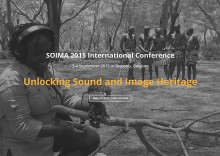

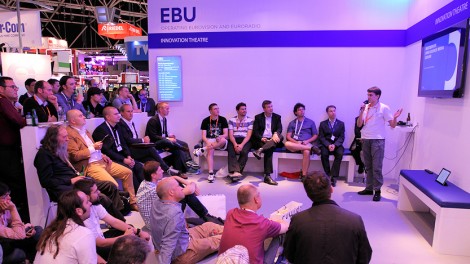

 The International Conference on Open Source Software Computing (OSSCOM 2015) is meant to be an international forum for experts, professionals, researchers, and students to promote, share, and discuss Open-Source Software (OSS) services, resources, applications, products, and tools. Researchers and professionals from all over the world are invited to submit proposals for tutorials and workshops as well as papers in areas related to open-source software.
The International Conference on Open Source Software Computing (OSSCOM 2015) is meant to be an international forum for experts, professionals, researchers, and students to promote, share, and discuss Open-Source Software (OSS) services, resources, applications, products, and tools. Researchers and professionals from all over the world are invited to submit proposals for tutorials and workshops as well as papers in areas related to open-source software.








